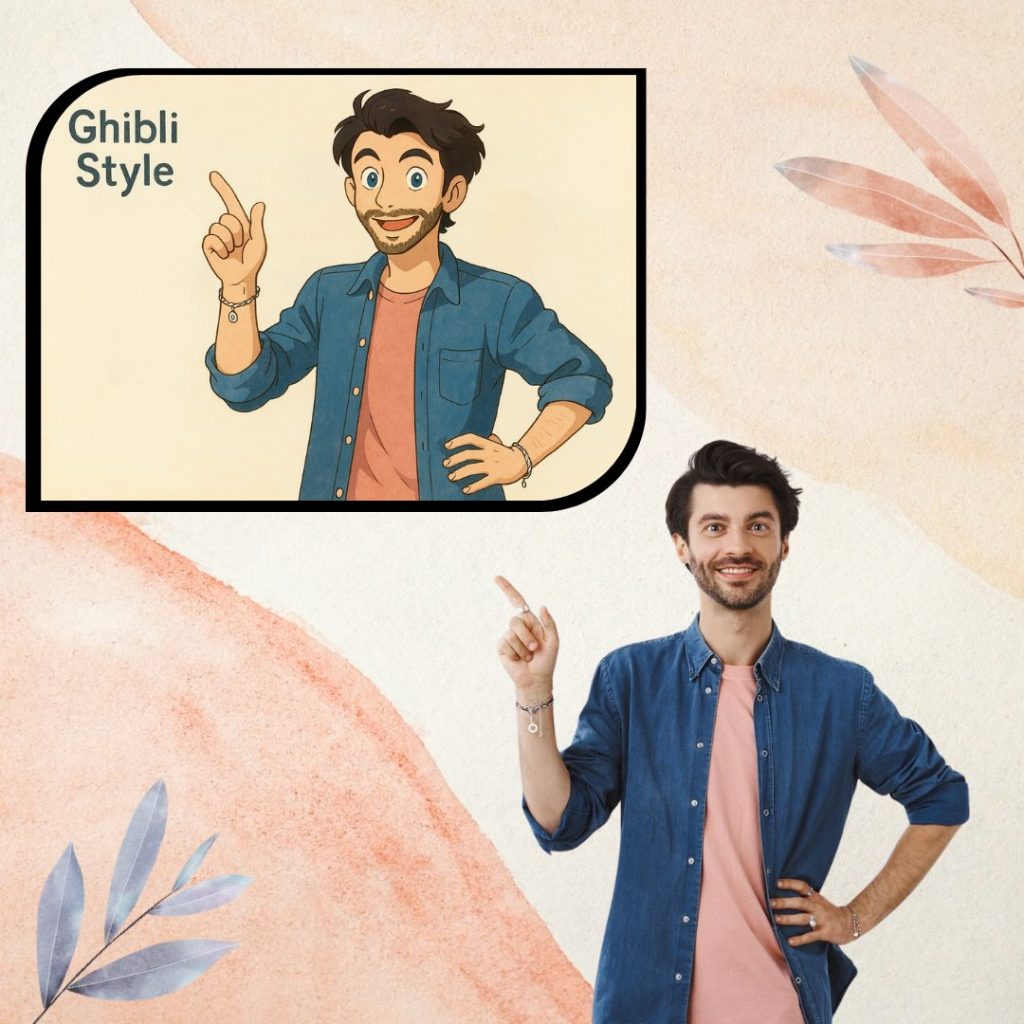Introduction
OpenAI has recently announced that ChatGPT users have successfully generated over 700 million images in just a week since the introduction of its image generation feature to free-tier accounts. This remarkable achievement underscores the growing popularity of AI-powered creative tools, particularly in the realm of generating Studio Ghibli-inspired visuals.
Unprecedented User Engagement
The unveiling of ChatGPT’s image generation tool has ignited a wave of creativity among users, drawing them to the platform to craft visually stunning images. This feature, leveraging OpenAI’s advanced GPT-4o model, empowers users to bring text prompts to life, encompassing intricate scenes and artistic styles reminiscent of Studio Ghibli's renowned animation.

During the initial week of the feature's launch, more than 130 million users actively engaged with the tool, collectively producing an average of 100 million images each day. The internet and social media platforms have been inundated with a plethora of Ghibli-style creations, showcasing enchanting landscapes and whimsical characters inspired by the beloved animation studio.
India's Growing Influence
India has emerged as the fastest-growing market for ChatGPT, playing a pivotal role in driving the surge of image generation activity. OpenAI's CEO, Sam Altman, commended India for its creativity and swift adoption of AI technologies, emphasizing the country's exponential growth in leveraging AI for innovation and expression.

Altman expressed his admiration, stating, "What’s happening with AI adoption in India right now is amazing to watch. We love to see the explosion of creativity; India is outpacing the world." This trend underscores India’s position as a global frontrunner in AI utilization and creativity, with millions of users embracing tools like ChatGPT for artistic endeavors and productivity enhancement.
Challenges and Optimizations
While the image generation feature has garnered immense success, it has also posed significant challenges to OpenAI’s infrastructure. Altman revealed that the company faced overwhelming demand, leading to the temporary imposition of rate limits on image generation for free-tier users.

Free accounts are currently restricted to generating three images per day as OpenAI endeavors to enhance its resources and expand capacity to accommodate the escalating demand. Altman humorously appealed for patience from users, acknowledging the strain on the team and resources due to the unprecedented activity.
Debates and Criticisms
Despite its widespread acclaim, the rise of AI-generated art has sparked debates and criticisms from various quarters. Studio Ghibli director, Hayao Miyazaki, voiced his disapproval of using AI for creative purposes, deeming it "an insult to life itself." His remarks highlight the ongoing discussions surrounding the ethical ramifications of integrating AI in creative domains and its potential impact on traditional artistry.
However, proponents argue that tools like ChatGPT democratize artistic expression, enabling individuals without formal training or expensive software to explore and unleash their creativity. The success of ChatGPT's image generation feature signifies a pivotal milestone in AI-driven creativity, demonstrating the transformative power of accessible AI tools in reshaping artistic expression and digital innovation.
Conclusion
In conclusion, the viral success of ChatGPT’s image generation feature exemplifies the revolutionary potential of AI-driven creativity tools in inspiring and empowering users worldwide. With over 700 million images created within a mere week, OpenAI has showcased the profound impact of accessible AI tools in revolutionizing artistic expression and fostering digital innovation.




















